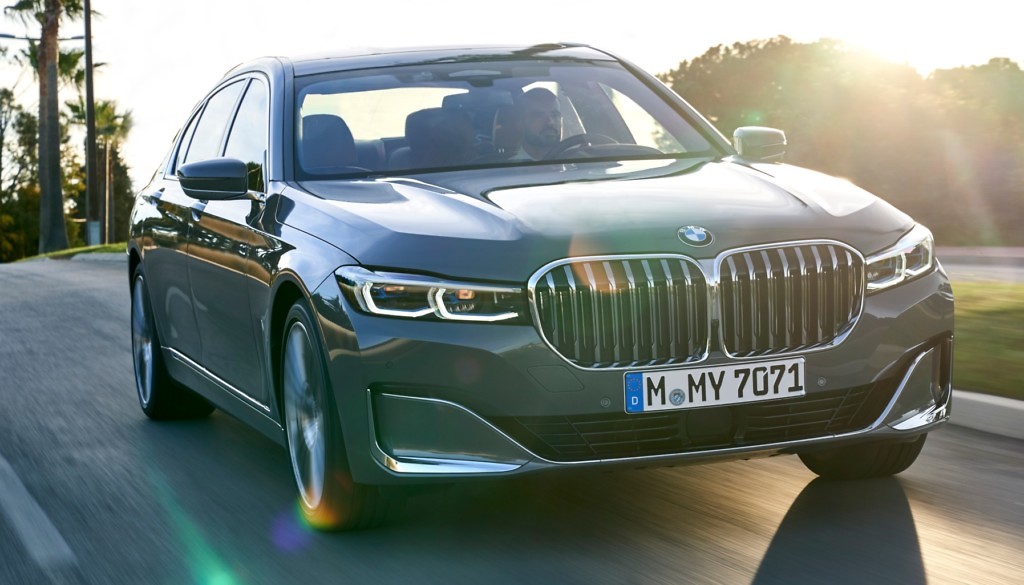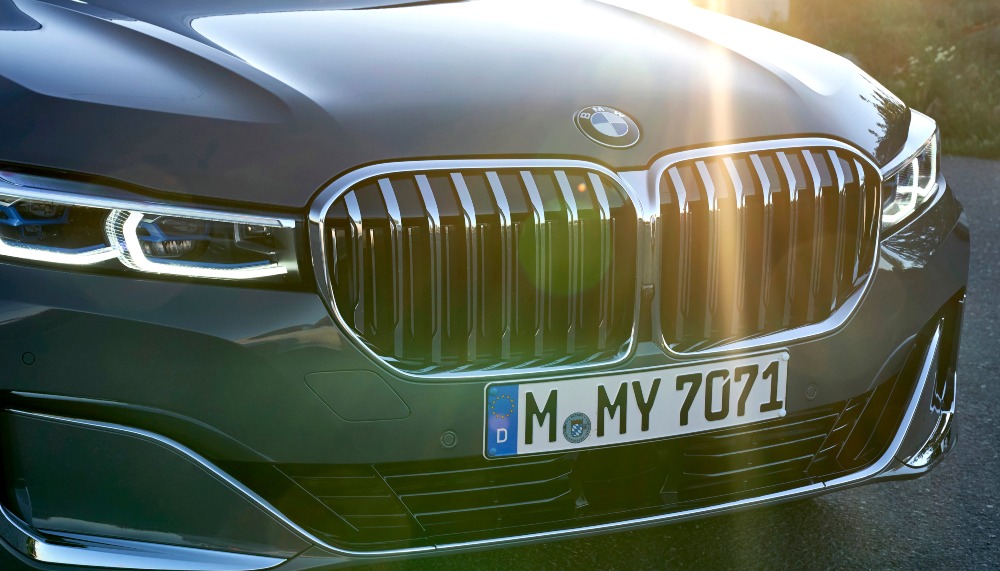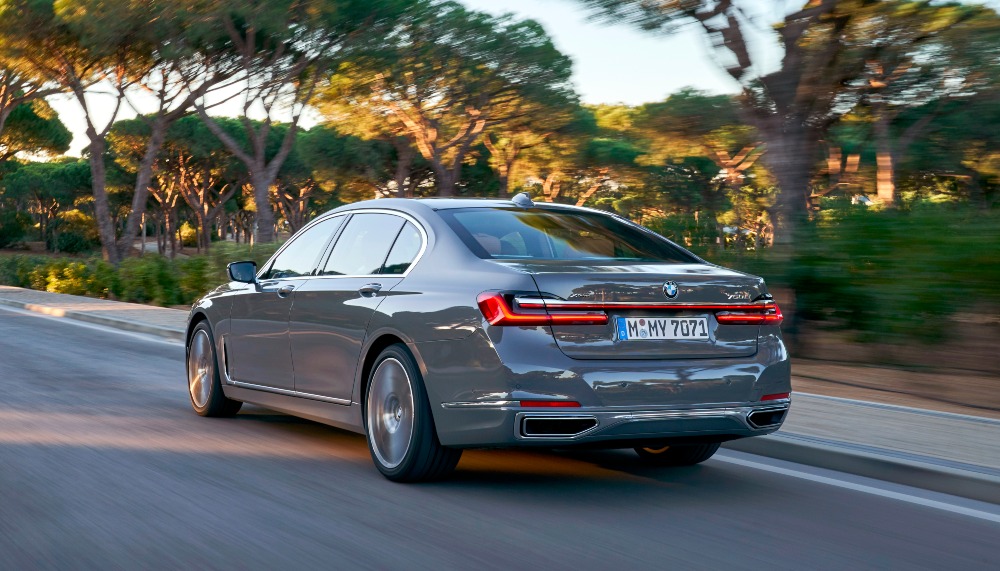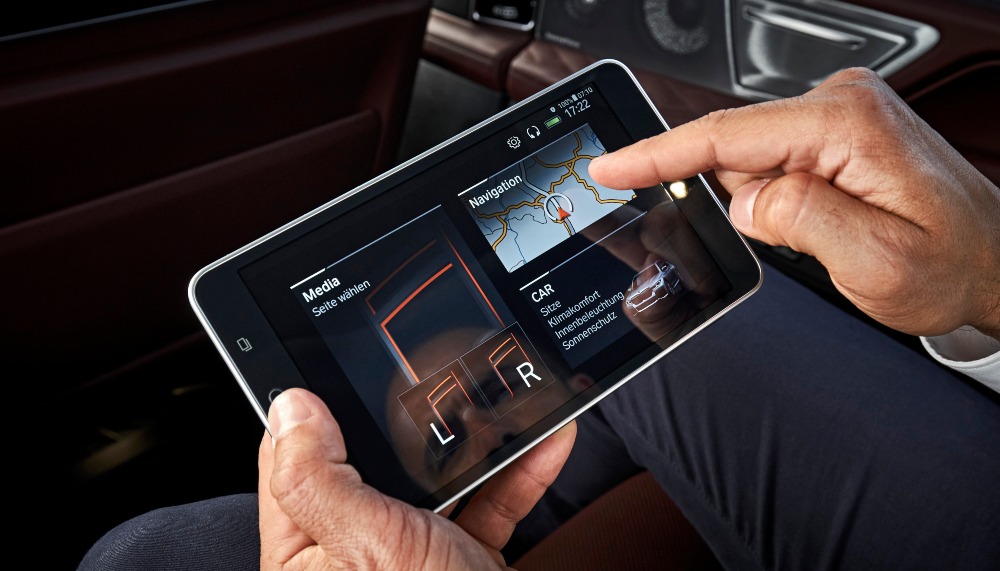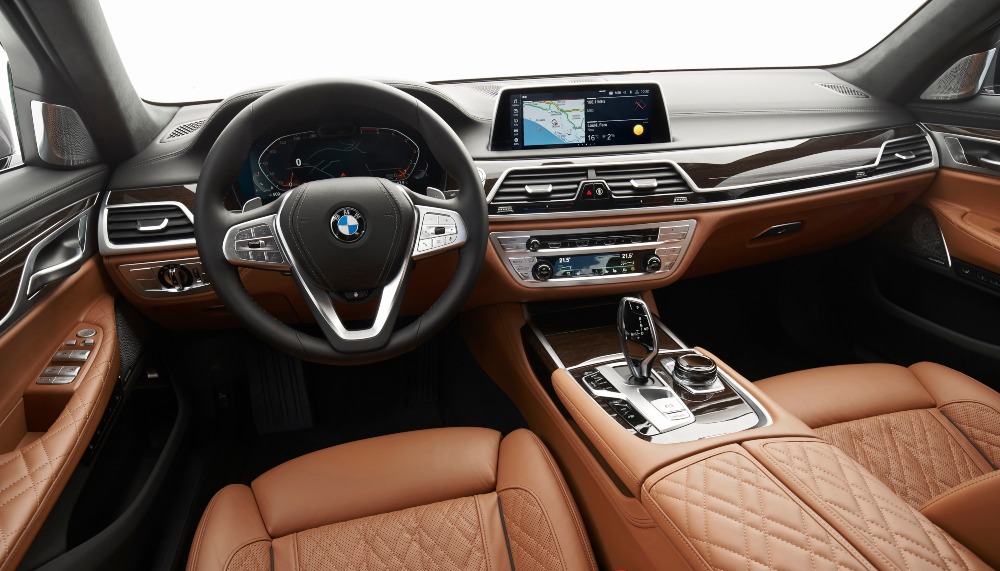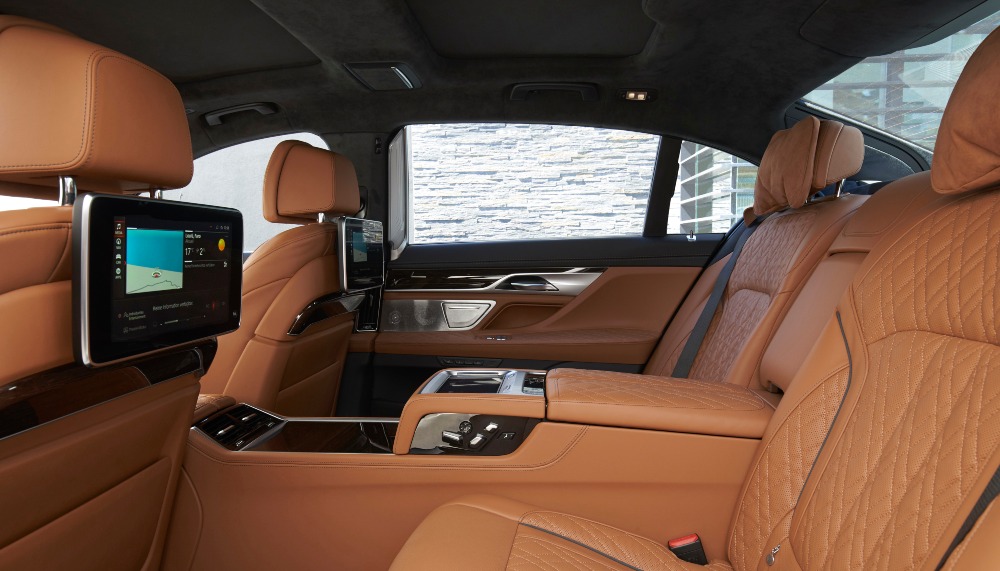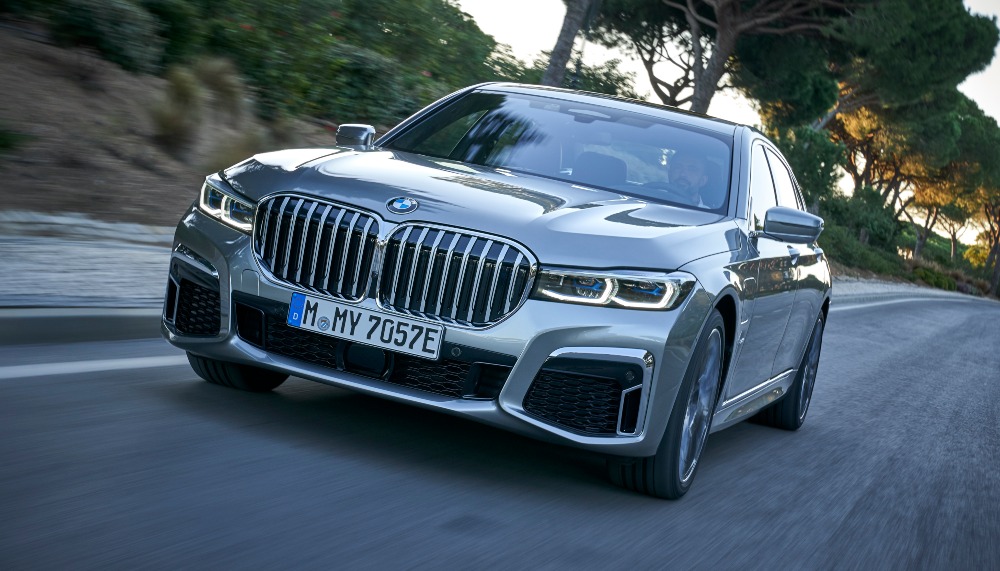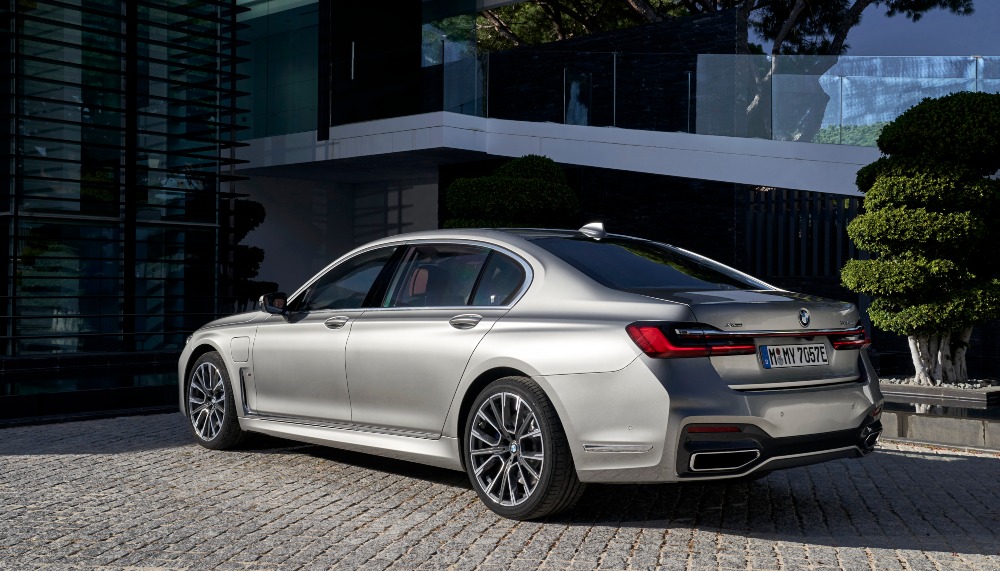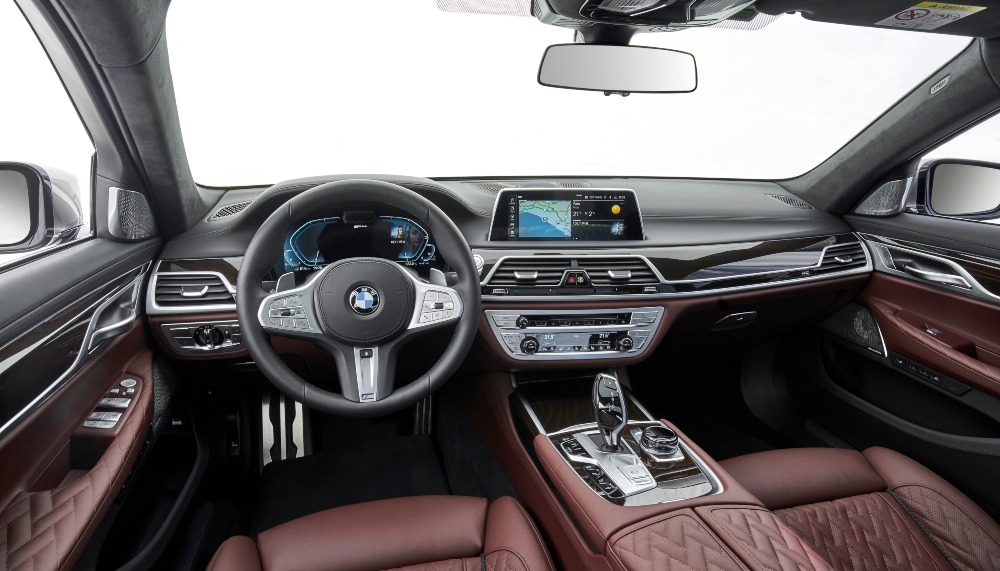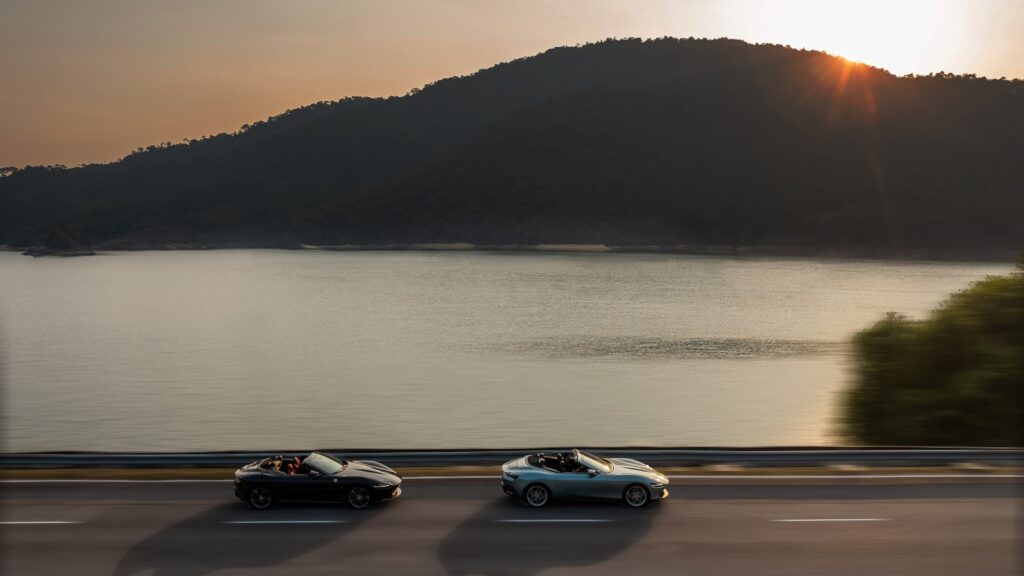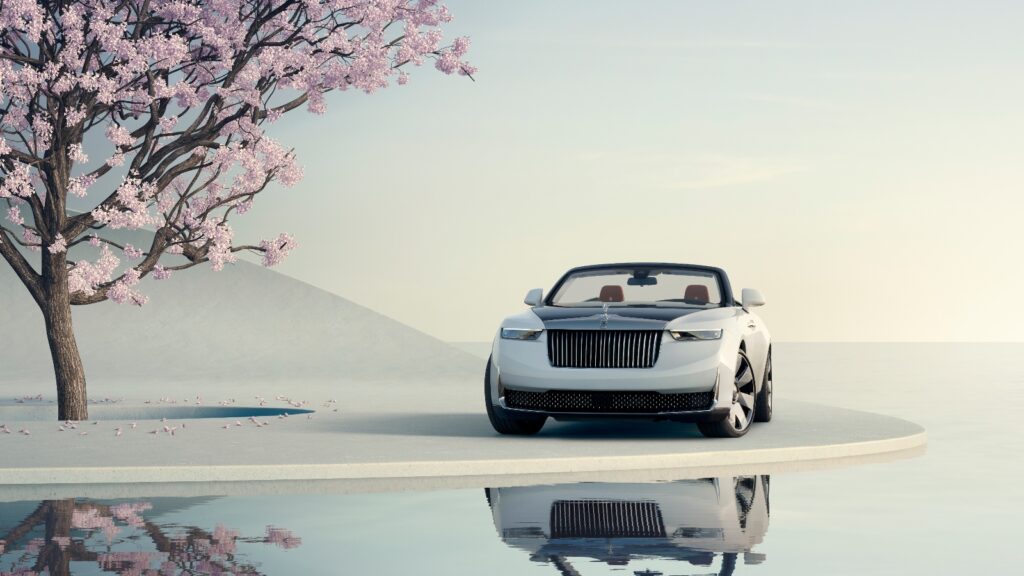Bold New Look
There is a new BMW 7 Series this year. On the one hand, it is not that new—it is a facelift, which means the underlying G11/G12 platform from 2015 is largely the same. On the other hand, it quite significant. This is no minor update to headlights; this is a dramatic change centred around the most iconic of BMW visual elements: the front kidney grille. It is now fashioned as a single piece (though still bisected), 40% larger than before and more aggressively slatted than ever. The bonnet has also been re-sculpted, and the front end is 50mm taller than before.
It is a bold statement, one that has been a bit divisive. Over the years, the front end of 7 has lost some of its character of laid-back sportiness, instead moving in the direction of a more deliberate, wilful visual statement that distinguishes it from its smaller siblings. Then again, if there was ever a BMW that is meant to be a statement, surely the 7 qualifies. This facelift indicates that BMW is leaning into it, with a taller, more upright front that is more head-turning as it pulls into a hotel driveway. The headlights did actually receive an update, with a slimmer, more angular take on the four-eye look, and the taillights did as well—also slimmer, with a full-width light strip for daytime running lights. Other improvements include extra soundproofing in the rear areas, including 5mm thicker glass windows, for an even quieter ride.
The interior sees a few minor changes that subtly enhance the experience, such as reorganised steering wheel controls for the driver assistance systems. One particularly thoughtful tweak is that the wireless charging tray has been moved forward to a more accessible location, so a phone can always be seen by the driver (previously it was hidden beneath the centre console armrests).
The latest Operating System 7.0 sees the fully electronic instrument cluster revamped with a more intuitive layout and additional functions, such as a permanent space for an excerpt from the navigation system. (This means the driver can have up to three navigation elements at once—the main output on the 10.3-inch central display, the aforementioned excerpt on the instrument cluster, and an even more brief instruction on the heads-up display. It might sound like overkill, but on unfamiliar roads it is actually quite reassuring, and allows the passenger to change settings or radio stations without the fear of interrupting the driver.)
Another new specification is the BMW Intelligent Personal Assistant. This is a voice-activated digital aid who responds to ‘Hey BMW’ (or any other custom name) and is a surprisingly flexible and ambitious system. It can deliver on the mundane (‘what is that warning light’ or ‘how long before I have to refuel’ for instance) but is also programmed to respond more organically. ‘I’m tired,’ for example, will blast cold air, play energetic music and change the ambient lighting into something flashier. It is a genuine attempt to insert some personality, as seen in the difference between responding to ‘take me home’ in lieu of something more mechanical like ‘set destination to home.’ Voice recognition technology being what it is today, the experience is not as seamless as a futurist might want it to be, but the system is a learning one that will respond better to users over time.
A full complement of high-tech driver aids is, of course, available. One particularly fun and useful feature is the Reversing Assistant. It memorises the last 50 metres the car travelled before stopping and can reverse along that same line automatically. This trivialises backing out of parking spaces and driveways.
As for how it drives? Well, the BMW 7 Series is still one of the sportiest limousines around, and still supremely stable, quiet and comfortable. The powertrain options have been slightly tweaked. Traditionalists will be happy to know that the engine on the 750Li xDrive has been upgraded—it is still a turbocharged 4.4-litre V8, but now has a maximum output of 530bhp for a 0-100km/h time of 4.1 seconds. (This engine is the same one that can be found on the new 8 series.) The V8 has, for a while now, been the ideal choice for the 7 series, as a car that big was most enjoyable with a little more grunt behind it (and a V12, like that found on the M760Li, might be a bit much).
This sentiment also makes the new 745Le xDrive particularly intriguing option. For the first time, it mates a BMW inline-six engine to a plug-in hybrid, which is a much more satisfying setup than the 2-litre inline-four-based system it replaces. Here is a car which offers all the advantages of the hybrid—such as efficiency, silent driving, and pre-conditioned air—but with a properly decent 3.0-litre turbocharged six-cylinder engine. The hybrid powertrain offers a combined total output of 394bhp, good enough for a 0-100km/h time of 5.1 seconds. All-electric mode hits a maximum of 140km/h and a rated range of 54 kilometres, which are improvements over the old 740Le. This, then, might be the definitive template for the 7 series going forward—a hybrid, but backed up by the classic choice of a BMW inline-six.
